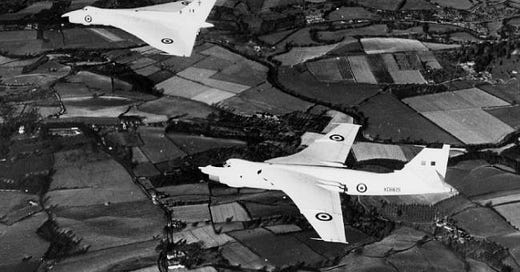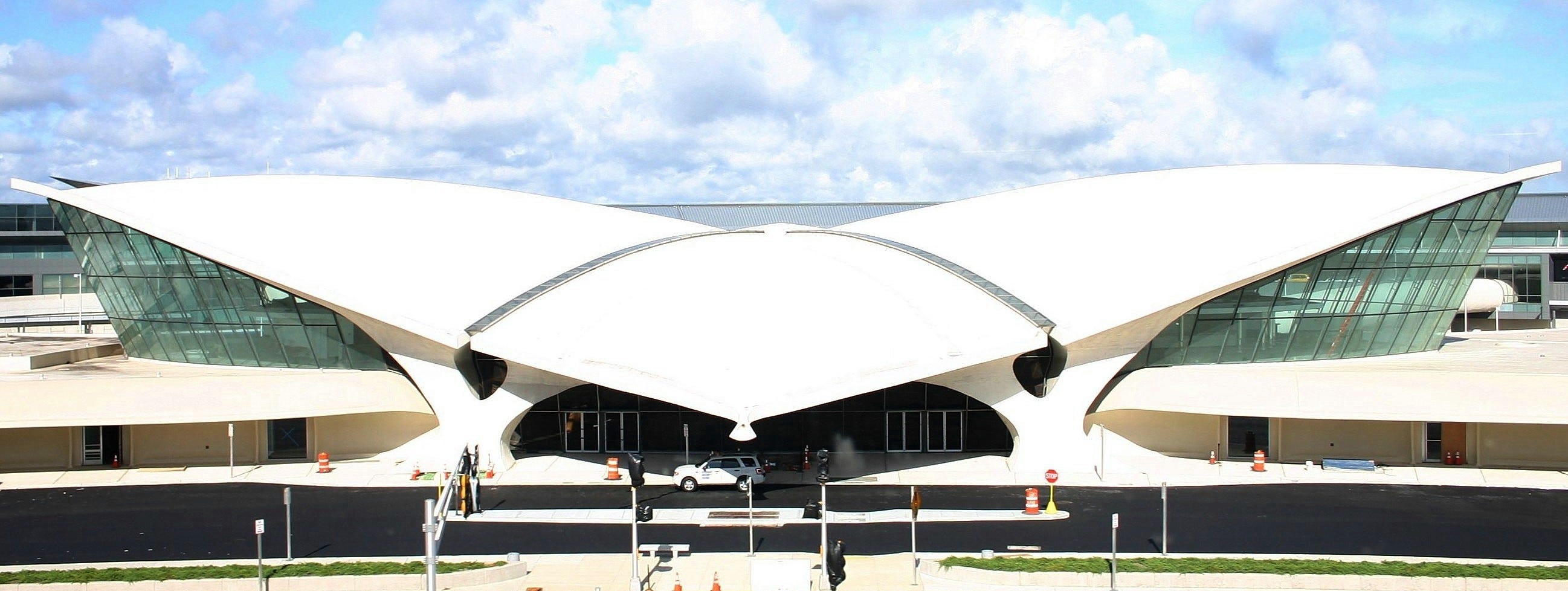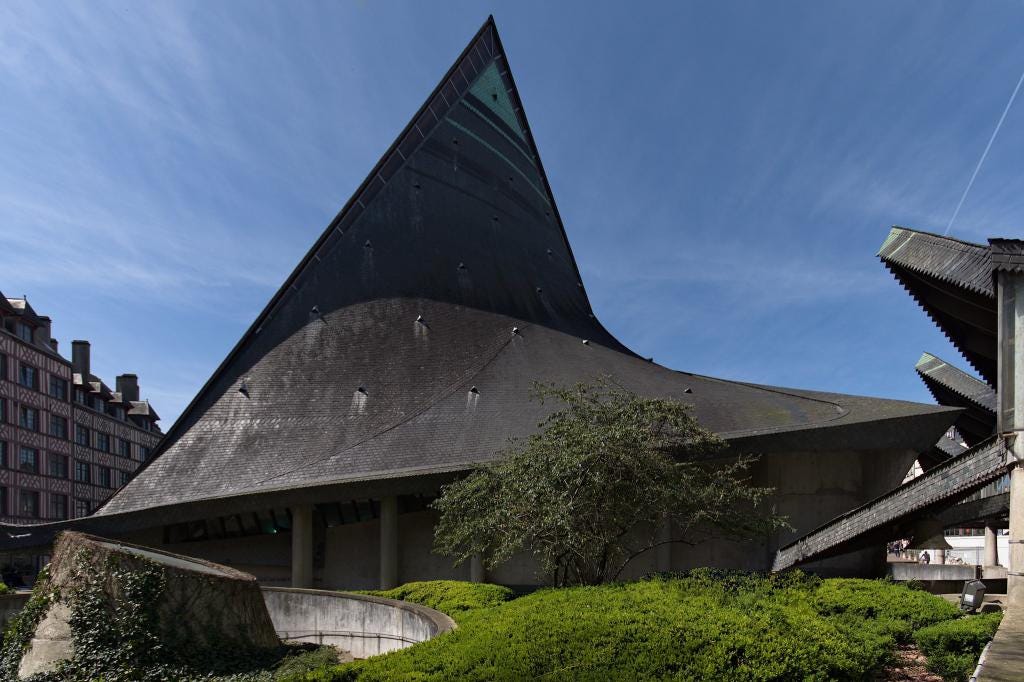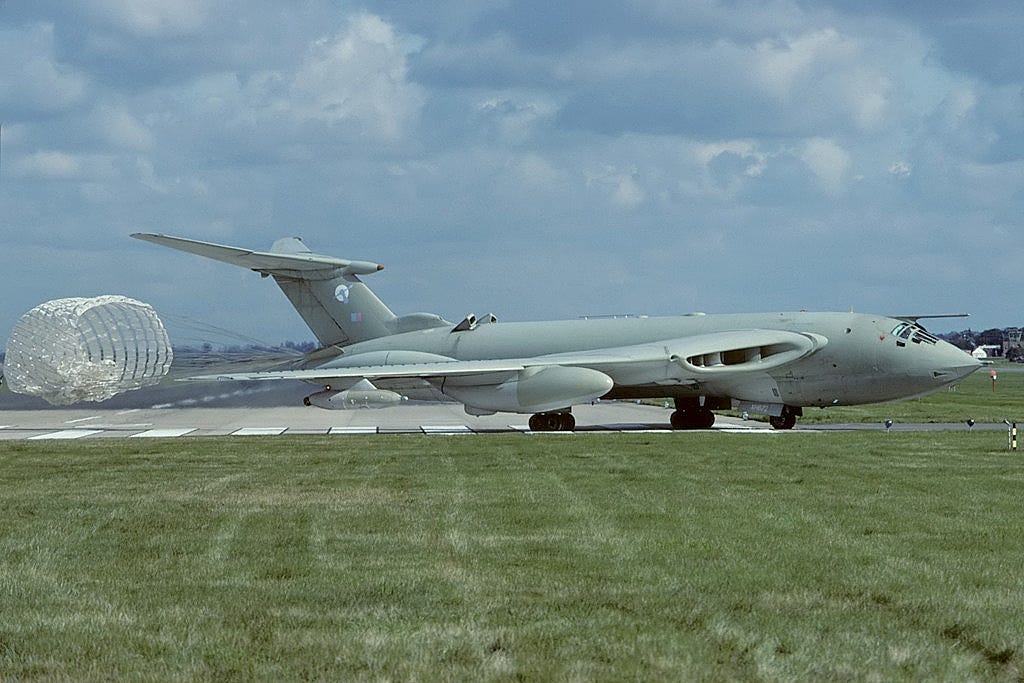V-Force bombers with author Jonathan Glancey
A Quarter of a Million Pounds of Thunder and Hellfire
Jonathan Glancey has written an exciting new book about V-Force, Britain’s Cold War nuclear-armed jet bombers. Hush-Kit met Glancey at an undisclosed location (that may or may not have been Kelvedon Hatch Secret Nuclear Bunker) and asked him questions that only whisky could inspire.
(Glancey is also an architecture critic and writer, you’re about to find out why that is also relevant)
“Crews waiting to go into action during the Cuban Missile Crisis knew they would have been on a one-way ride. The Soviet Union was guarded with a wall of a thousand S-75 surface-to-air missile launchers.”
Best looking V-bomber and why?
B.2 Vulcan. The modified delta wing with its kinked leading and trailing edges was developed to ensure greater efficiency and stability at high cruising speeds, but it also gave the Vulcan a more organic appearance, more that of a great bird of prey than the mechanistic ‘tin triangle’ look of the bomber’s original geometric delta wing. The B.2’s appearance, combined with the eerie howling produced by its air intakes at certain throttle settings, made for a machine that seemed very much alive. I like the way, especially, that the Vulcan is visually all of a piece, its form determined and thoroughly resolved.
Weirdest thing you learned while researching your book?
The botched attempt at air-to-air refuelling made by Vulcan XM597 on its return from a successful ‘Black Buck’ strike on a Port Stanley radar installation on 3rd June 1982, prompted Squadron Leader Neil McDougall to spiral down, refuelling probe broken and tanks empty, to land at Rio de Janeiro’s Galeão International Airport. The crew were held, comfortably, in the officers’ mess at the Air Force Base alongside. While Argentina demanded the handing over the crew as prisoners of war, the RAF airmen were invited to a barbecue, played five-a-side football with their Brazilian hosts and were taken on a memorable tour of Rio’s nightlife by order of the Brazilian Chief of Air Staff who, toasting the Queen on her official birthday on 10th June, waved the refuelled Vulcan safely away.
Compare each of the V-bombers to a building, and tell me which school of architecture they would fit in and why.
The Valiant calls to mind a well-resolved Mid-Century Modern building, a fusion of geometry and curves. A discreet design, it has something of Gordon Bunshaft’s Beinecke Rare Book Library, Yale University, shot through, though, with the spirit of Eero Saarinen’s TWA flight terminal at JFK.
The Vulcan has to be a Pyramid, an elemental design stretching from Ancient Egypt to I M Pei’s steel and glass entrance to the Louvre and, appropriately for an architect passionate about aircraft and an innovator in airport design, Norman Foster’s Palace of Peace and Reconciliation, Astana, Kazakhstan.
In my imagination, the Victor belongs to a tradition of 20th Century Organic design encompassing architects from Antoni Gaudí to Frank Gehry. Think, from different perspectives, of Gaudí’s Sagrada Familia or of Gehry’s Guggenheim, Bilbao, or even of Louis Arretche’s sea-serpent-like Église Saint-Jeanne d’Arc, Rouen.
Which features of the Victor (or its story) do you find most impressive or interesting?
Gustav Lachmann, Handley Page’s post-war director of research, who worked closely with his deputy Geoffrey Lee to produce the Victor’s crescent wing, was a German national interned during the war in Canada and then the Isle of Man. He continued his work while incarcerated. When, years later, Lee was asked why, if it was so efficient, the Victor was only production aircraft fitted with a crescent wing, he answered, “perhaps we were the only firm brave enough and daft enough to do it.” A bigger aircraft than the Valiant and Vulcan, the Victor could loop, roll and break the sound barrier.
..and the Vulcan?
I was intrigued to discover plans for a VTOL Vulcan (how much power would that need?), a Vulcan variation designed to carry six Skybolt stand-off missiles - it would have been almost the weight of Concorde - and a ‘Mothership’ Vulcan cradling three
Keep reading with a 7-day free trial
Subscribe to Hush-Kit Aviation Newsletter to keep reading this post and get 7 days of free access to the full post archives.








